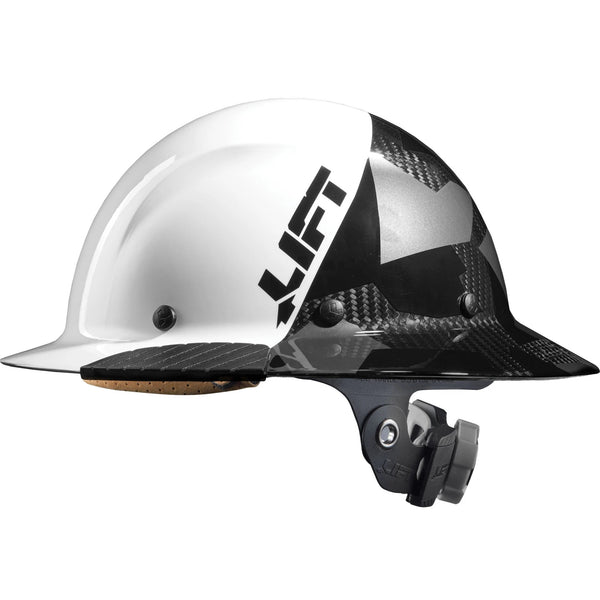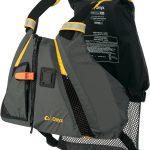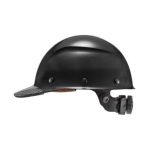1. Understanding the Importance of Hard Hats
Hard hats are a critical piece of safety equipment in numerous industries, from construction and manufacturing to mining and utilities. These protective helmets are designed to guard against head injuries caused by falling objects, impacts, and other potential hazards commonly found in the workplace. To appreciate the significance of a hard hat, one must consider the potential risks present in such volatile environments. Wearing a hard hat not only serves as a protective barrier but also as a compliance measure with various health and safety regulations, reflecting an organization’s commitment to safeguarding its workforce.
2. The Design and Features of Hard Hats
2.1. Materials and Construction
The construction of hard hats is carefully engineered to provide maximum protection and durability. Typically made from high-density polyethylene (HDPE) or polycarbonate, these helmets consist of a rigid shell that resists penetration and a suspension system inside that absorbs the shock of blows to the head. Innovation in materials has led to the production of lighter, stronger, and more comfortable helmets, ensuring that they not only offer protection but also do not impede the wearer’s ability to conduct their work.
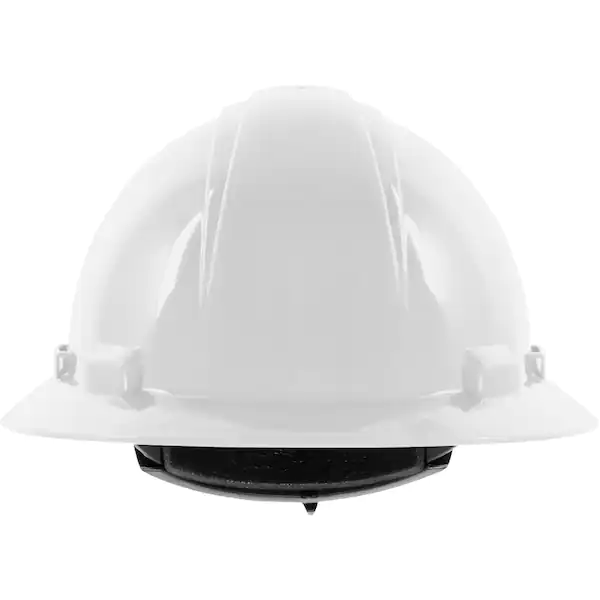
2.2. Types and Classes of Hard Hats
Hard hats come in several types and classes to suit different job requirements and environments. The American National Standards Institute (ANSI) classifies hard hats into three classes: General (Class G), Electrical (Class E), and Conductive (Class C), each designed to provide specific levels of protection against electrical hazards. Furthermore, there are two types of hard hats—Type I, which provides impact protection to the top of the head, and Type II, which offers additional lateral protection. Selecting the appropriate class and type is crucial for ensuring adequate protection for various work conditions.
2.3. Customization and Personalization
To meet diverse workplace needs, hard hats can be customized and personalized. They can be fitted with accessories such as face shields, earmuffs, and visors for additional protection. Reflective striping can be added for high visibility in low-light conditions. Hard hats also come in various colors to signify different roles within a workforce, improving on-site coordination. Personalization with logos and decals can enhance company branding, as well as boost worker morale and a sense of belonging.
3. Proper Usage and Maintenance of Hard Hats
3.1. Fit and Comfort for Effective Protection
For a hard hat to provide effective protection, it must fit the wearer properly. An improperly fitted hard hat could come off in an accident or fail to absorb the full impact of a blow. Therefore, adjusting the helmet for a snug and comfortable fit is essential. Features such as adjustable straps and padding can help achieve a proper fit while improving comfort for extended wear time, which can encourage workers to adhere to safety protocols consistently.

3.2. Maintenance and Care for Longevity
Maintaining the integrity of a hard hat is crucial for sustained protection. Regular inspections for cracks, dents, or damage to the suspension system are necessary to ensure the helmet’s safety features are intact. Similarly, proper cleaning and storage practices are important to prolong the lifespan of the hard hat. Using only manufacturer-recommended cleaning agents will avoid degrading the materials, and storing the hard hat away from direct sunlight and chemicals will prevent weakening of the shell.
3.3. Replacement and Upkeep Policies
Hard hats are not meant to last indefinitely and should be replaced periodically to maintain optimal safety standards. Companies should have clear policies on when to replace hard hats and provide guidelines for workers to recognize signs of wear that would necessitate a new helmet. Ensuring workers have access to replacement hard hats encourages compliance with safety practices and underscores a culture of workplace safety.
4. The Role of Hard Hats in Workplace Safety Culture
4.1. Hard Hats as a Symbol of Safety Awareness
Beyond their practical function, hard hats have become symbols of safety awareness in the workplace. As part of the standard safety attire, they reinforce the importance of adhering to safety protocols and create a visual reminder of a company’s dedication to minimizing risks. A workforce uniformly equipped with hard hats sends a powerful message about the collective commitment to prevent injuries and create a culture of safety.
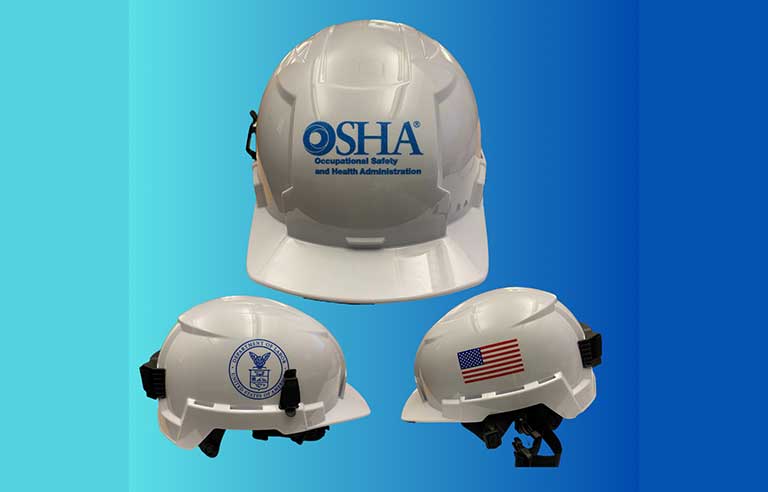
4.2. Training and Compliance
Appropriate training on the correct use of hard hats is just as crucial as the physical provision of the gear. Employees must understand how to wear, adjust, and inspect their hard hats to ensure maximum protection. Compliance with safety requirements, including the enforcement of mandatory hard hat zones, is a critical aspect of workplace safety programs. Education about the risks of non-compliance can further motivate workers to take their safety seriously.
4.3. Leadership and Responsibility
Leaders in an organization play a vital role in modeling safe practices, including the wearing of hard hats in designated areas. When management demonstrates dedication to safety equipment use, it sets an example for the entire workforce and reinforces the principle that safety is non-negotiable. It encourages employees to take personal responsibility for their safety and that of their coworkers. Additionally, integrating feedback mechanisms where workers can voice concerns or suggest improvements regarding safety gear, including hard hats, ensures that the safety culture is participatory and responsive to the needs of those it aims to protect.
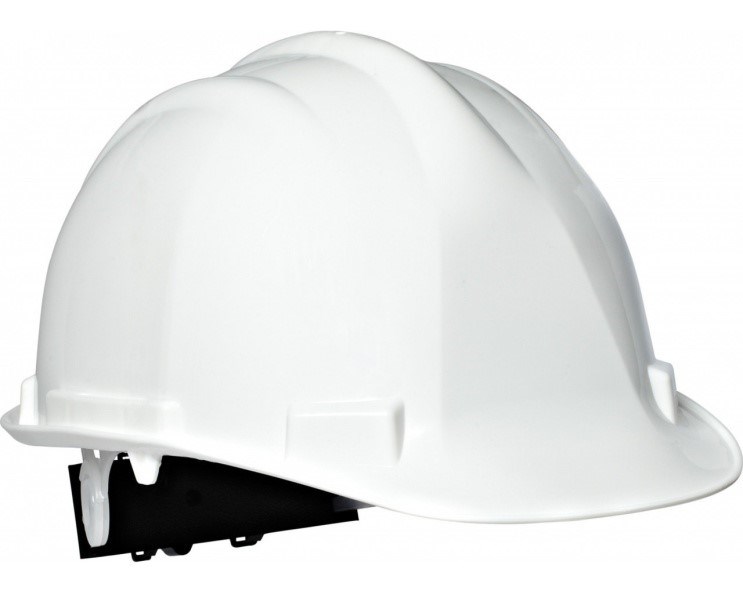
5. Innovations and Advancements in Hard Hat Technology
5.1. Technological Integration in Design
The future of hard hats sees an integration of technology aimed at enhancing safety and functionality. Smart hard hats equipped with sensors capable of detecting impacts, falls, and even the well-being of the wearer are becoming more prevalent. Such wearable technology can monitor vital signs or environmental conditions, providing real-time data to prevent heat stress or overexertion. This trend in smart personal protective equipment (PPE) marks a significant advancement in ensuring more proactive and preventive safety measures.
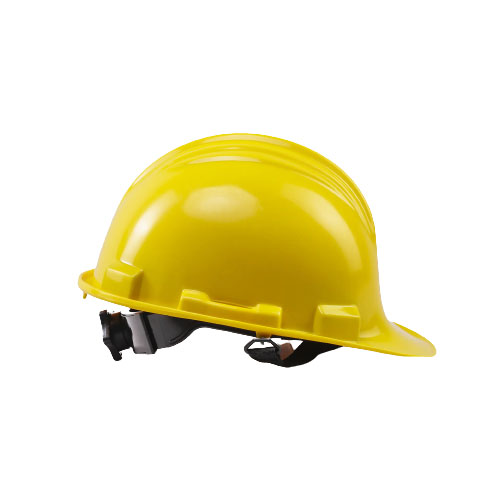
5.2. Improvements in Materials and Durability
Research into new materials and design optimization is ongoing to make hard hats even more effective and long-lasting. Lightweight composites, energy-absorbing foams, and advanced polymers are being explored to improve impact resistance while reducing the helmet’s weight for better wearer comfort. Durability is also a focus, with materials designed to be more resistant to UV radiation, moisture, and temperature extremes, resulting in a longer service life.
